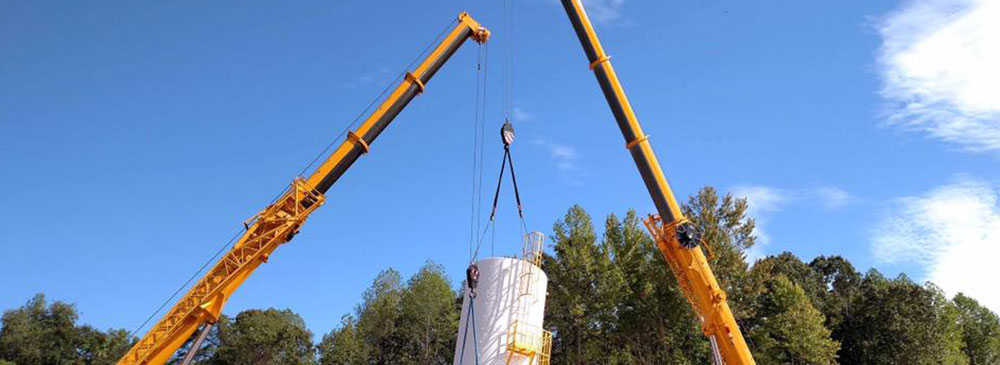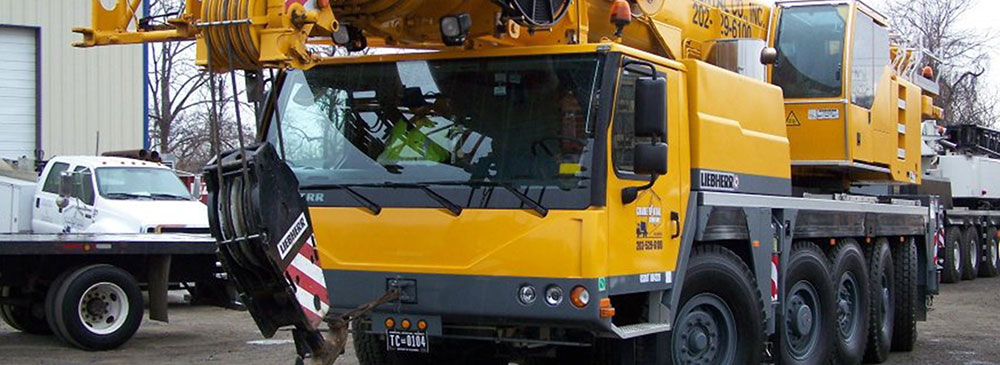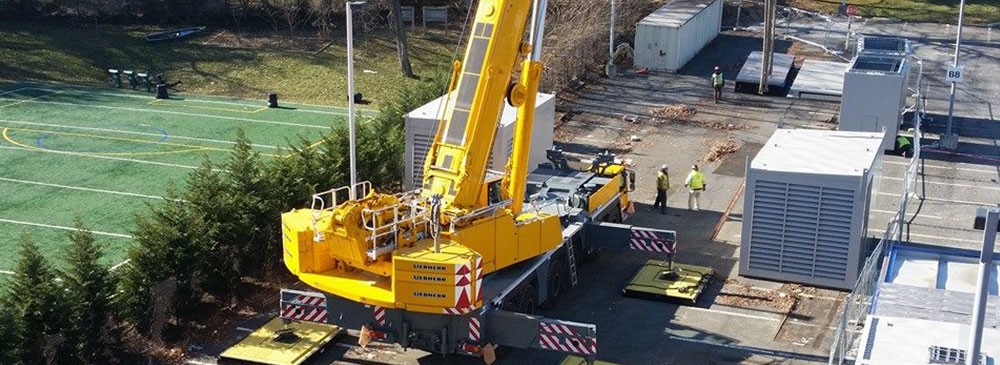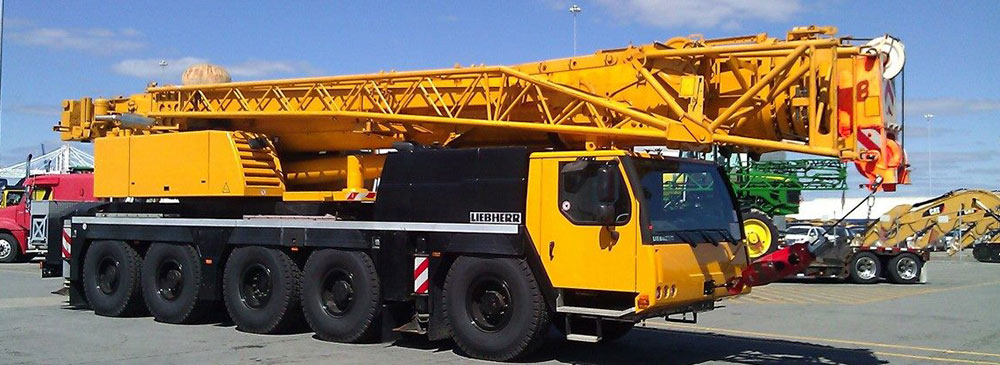
Unfortunately, crane-related injuries often result in fatalities. According to the Bureau of Labor Statistics (BLS), an average of 42 deaths per year happen from crane-related accidents.
If you just started working with cranes, or you are looking to rent a crane from crane rentals, you must be wondering who is at the highest risk when working with cranes, right? Well, the truth is that anyone without proper training can be a victim.
Crane accidents, like other industrial occurrences, are often the result of operator error. Operator errors occur for a variety of causes, including inadequate training, distraction, exhaustion, and, in severe cases, drunkenness from drugs and alcohol.
This puts everyone on the site in significant danger.
Common risks
There are plenty of risks that come when working with cranes. The most common ones are:
Electrocution
All employees, including the operator, are accountable for identifying electrical dangers. Crane booms may come into touch with overhead electrical lines due to their height.
When this occurs, the electrical current can travel along the boom, into the material line, and through the tagline before passing directly through the worker securing the tagline.
One of the most critical safety precautions crane operators can take is to have local utility personnel mark off overhead lines with safety flags. This increases crane operators’ vision and hazard awareness.
Employers must also maintain a safe distance between the crane’s operational location and any electrical wires.
To be on the safe side, you should handle cranes with a minimum of 10 feet of clearance from electrical lines. This distance includes the fully extended load.
Falling loads
Most people envision crane accidents as a big cargo being dropped from the crane’s greatest height. This is a real threat associated with crane operations that all worksite managers must be aware of.
Falling loads occur for a variety of reasons. To begin, if the load is not properly fixed or fastened to the crane’s load line, it may slip.
If the load is not properly balanced, it can shift the machine’s center of gravity, resulting in tipping, which puts everyone on the site in danger.
Another potential risk arises when the principal load line or a tagline is disrupted. Without the entire support of an undamaged cable, the load becomes unstable, and one or more lines may finally give way and release the weight.
Two-blocking can occur when the operator does not allow for enough slack when extending the boom. This generates extra tension in a cable, causing the load to snap off.
Weather conditions are also an important consideration for operators. When cranes operate in severe environments, loads that are not properly fastened with taglines may become unstable owing to wind force and unrestrained swinging.
Finally, falling loads might occur when the load exceeds the crane’s design capability. Riggers must follow OSHA crane rules by first determining the load’s weight and capacity, then properly rigging and shackling it.
Operators are also responsible for maintaining smooth control of the weight to prevent it from falling.
To minimize the chances of this accident happening on your site, take your time and only hire experienced crane operators who know what they are doing.
Struck by accidents
The crane’s swinging movements increase the chance of being struck by an object. When the crane is raising or transferring a load, an unprepared worker could be injured by swinging pieces.
According to BLS data, 52% of the fatalities happen as a result of struck-by occurrences. Nearly 27% of these fatalities occur when a worker is struck by a load that fell from a moving crane.
To prevent this accident, be ultra-cautious of the operator you hire. You also should ensure that you train everyone to be more cautious when carrying out their activities beneath the crane.
Caught between hazards
Another construction incident occurs when workers are caught in or between dangers. In crane operations, caught-in/between accidents occur when a worker is physically pinned or compressed by the crane’s swinging superstructure or crushed by its moving elements.
Every piece of construction equipment, from a basic skid steer loader to a big industrial crane, contains moving elements, which produce pinch points.
The most critical thing a construction business can do to reduce crane-related accidents is to provide, teach, and enforce two-way radio communication between the operator and ground personnel.
Ground personnel are most vulnerable to being compressed in pinch points. Thus, they must be aware when the operator begins working the crane, particularly while adjusting its swinging sections or driving it forward or backward.
Transportation hazards
The frequently disregarded danger of working with cranes is the risk of transporting cranes to and from work sites.
These accidents are frequently referred to as the fifth danger in OSHA’s list of deadly four. Cranes are massive machines that must frequently be transported over large distances by industrial trucks.
Crane transportation is a long and difficult procedure with numerous potential hazards, including crashes, runovers, and brake failure.
It’s estimated that more than 13% of fatal crane incidents occur during transportation. Oversized loads, such as cranes, are risky and can kill personnel who are not properly trained or do not adhere to crane safety regulations for transportation.
Best practices when working with cranes
To reduce the chances of accidents happening, you should be cautious about how you handle the cranes. To be on the safe side, here are tips you should observe:
Properly train your employees
As an employer, you must give proper health and safety training to all of your employees so that they are competent at their employment.
By educating your personnel, you improve workplace safety, satisfaction, and revenues while reducing injuries, fatalities, accidents, and illness.
Ensure people working on the crane know where to stand
You should never stand underneath a crane or have a weight lifted over you. Your personnel must be aware of this and avoid wandering through any areas where cranes are overhead.
Parting shot
Everyone working with cranes is at risk of getting injured or hurt, so you should be aware of this when renting cranes from crane services VA.
Besides hiring a well maintained crane, also ensure that you work with experienced professionals. It also doesn’t hurt to train the people handling the crane to reduce the chances of accidents happening.




